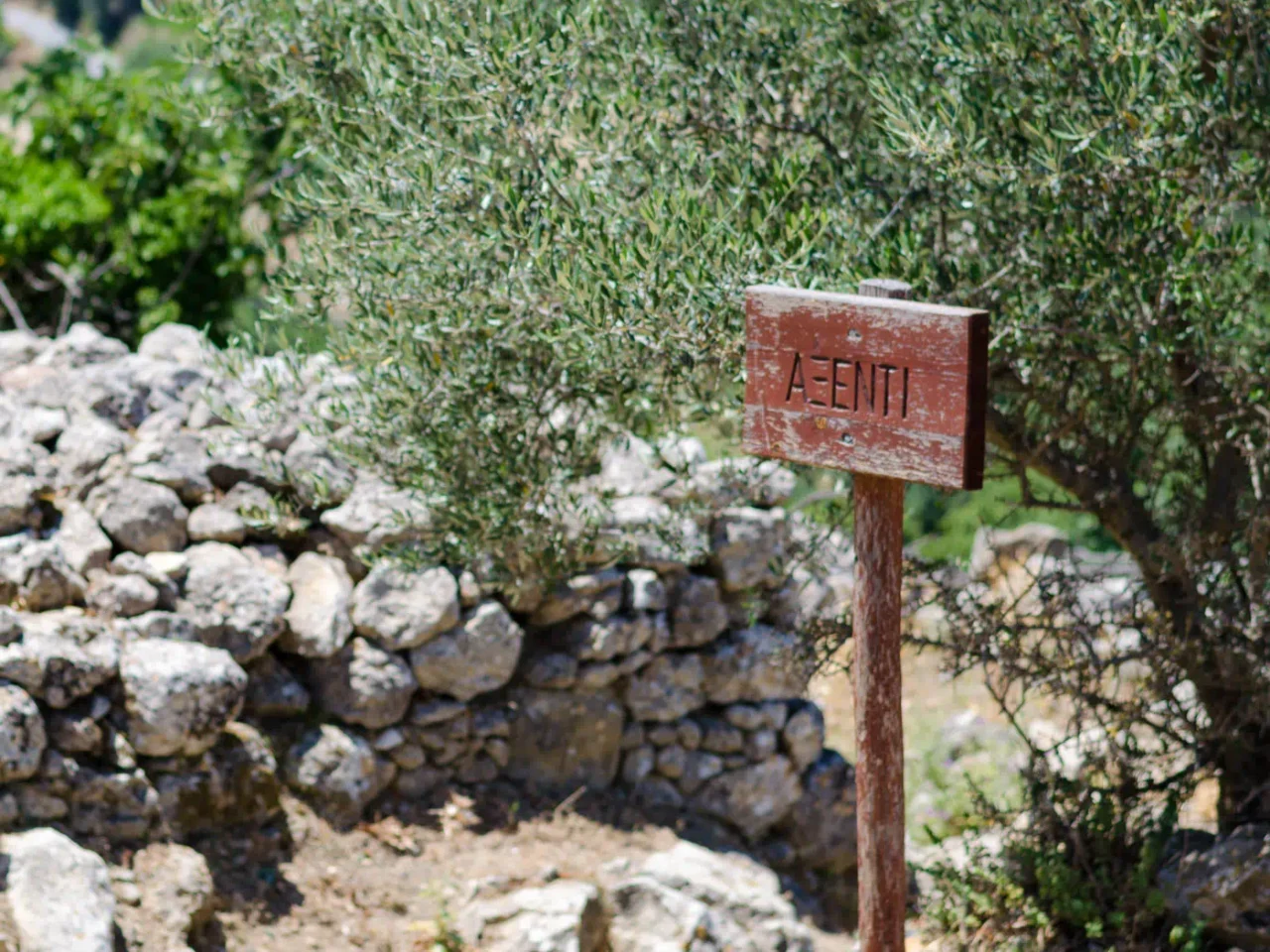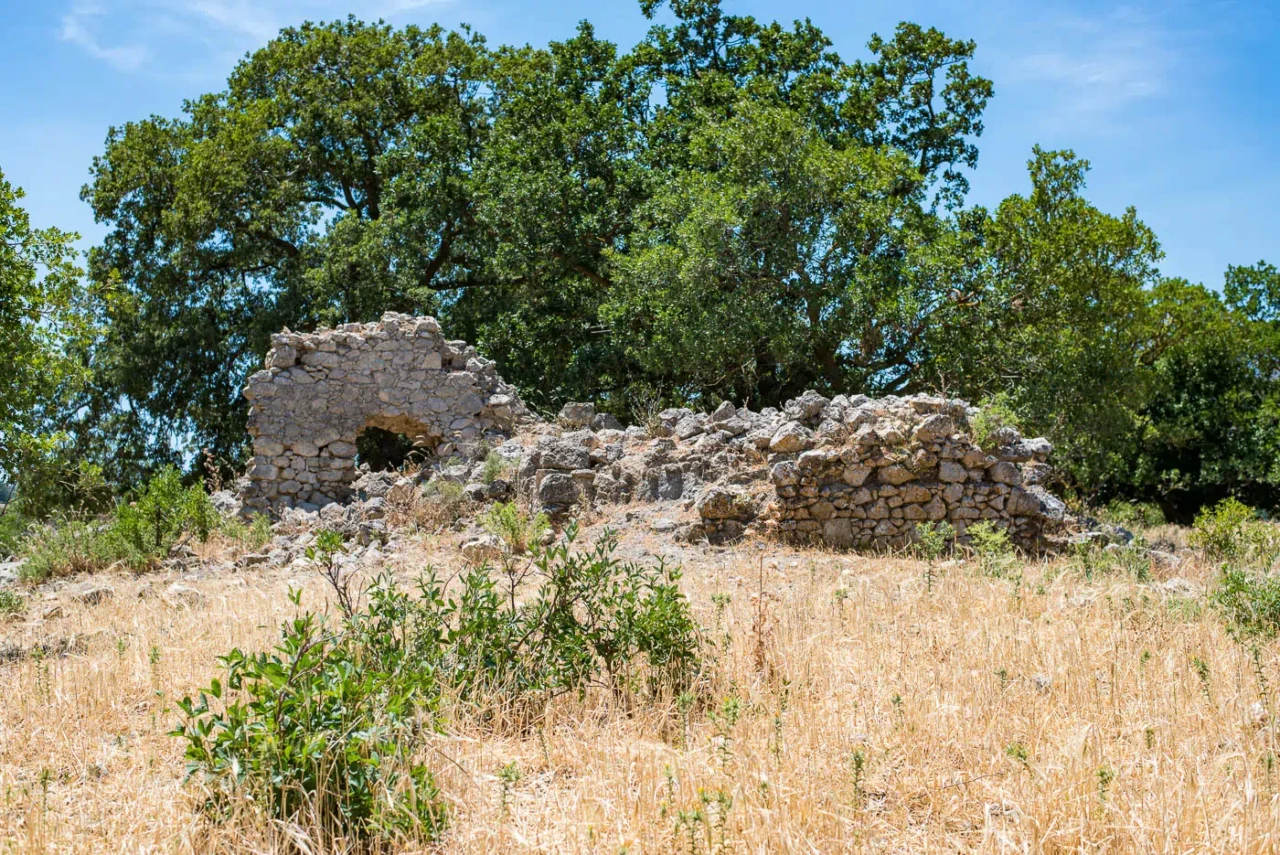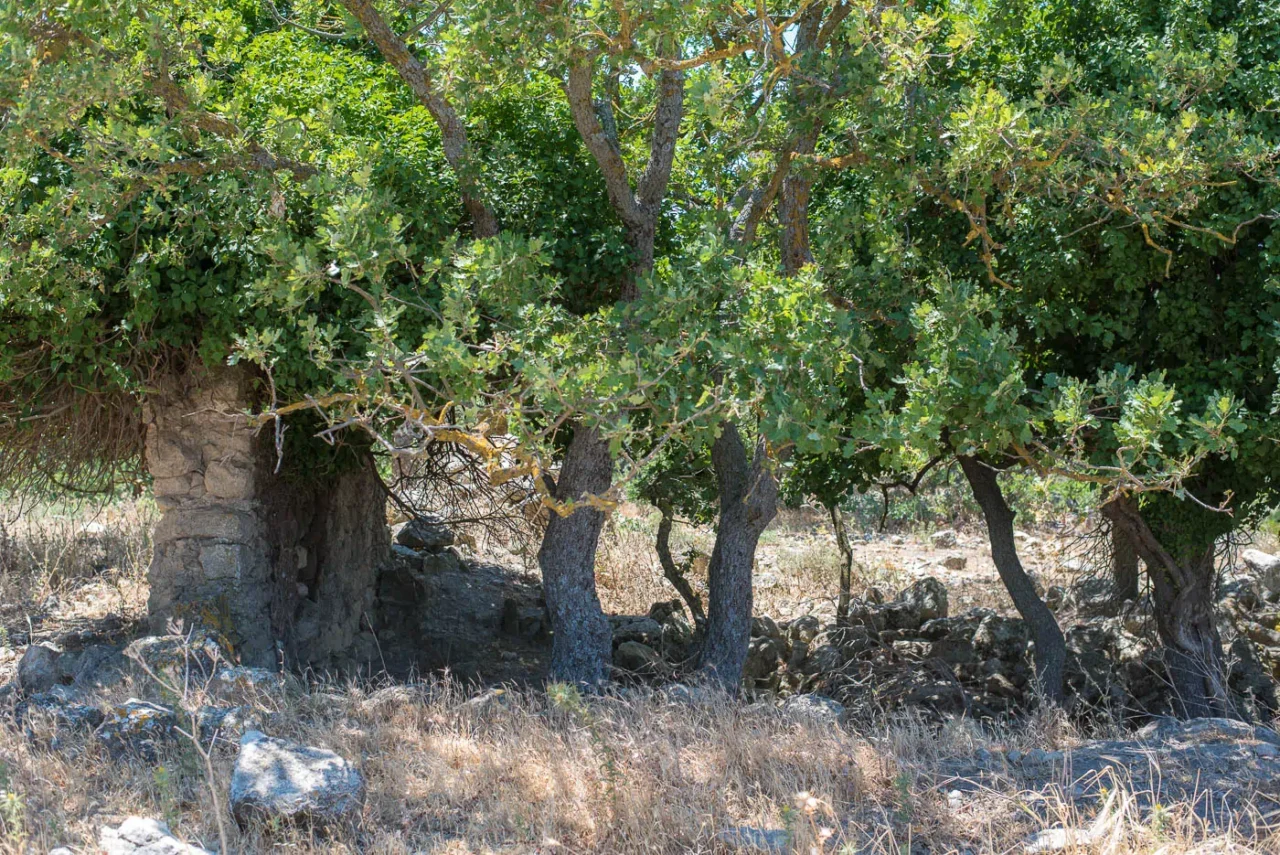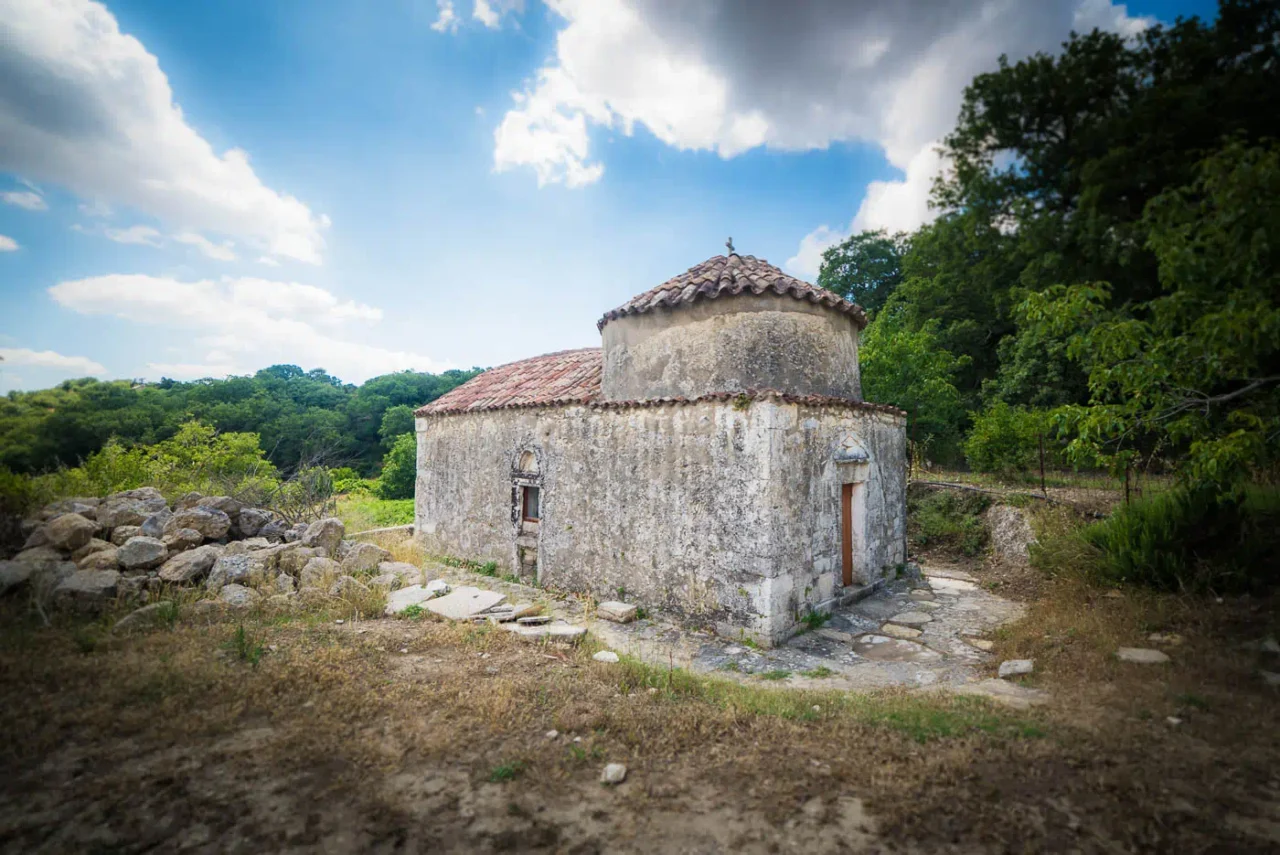




Axenti, a once-thriving village on the island of Crete, Greece, now lies abandoned, a stark reminder of a complex and turbulent history. Its story is one of religious conversion, cultural conflict, and ultimately, destruction.
The Village’s Conversion and Transformation
Originally known as Agios Auxentios, Axenti existed as a settlement since the Venetian era, with the Church of Agio Pnevma (Holy Spirit) built in the 16th century. However, during the Ottoman occupation in 1732, the entire village, including its priest, converted to Islam. This decision was motivated by a desire to retain privileges and avoid heavy Ottoman taxes.
Over time, the villagers of Axenti became notorious for their ferocity, even surpassing the Turks in their brutality. They transformed into the most feared Janissaries in central Crete, their name synonymous with cruelty and hatred. The phrase “Go to the devil in Axenti” became a common curse, reflecting the terror they inspired.
Destruction and Abandonment
Axenti’s reign of terror came to an end in 1922 when the Christians of the region, fearing the return of the Turks after the Greco-Turkish War, drove out the Janissaries and systematically destroyed the village, leaving it in ruins. Since then, Axenti has remained uninhabited, a ghost town bearing witness to its troubled past.
Legacy
Today, only the Church of Agio Pnevma and a few scattered ruins remain as testaments to Axenti’s existence. The church, which was converted into a mosque during the Ottoman period, stands as a reminder of the village’s complex religious history. The site serves as a poignant reminder of Crete’s turbulent past, a place where cultural and religious conflicts shaped the landscape and left an enduring mark on the collective memory of the island.
Village Key Points
- Historical Significance: Axenti’s history is intertwined with Crete’s complex relationship with the Ottoman Empire and the phenomenon of Cretan Muslims converting to Islam. The village’s transformation into a stronghold of Janissaries and its subsequent destruction highlight the tensions and conflicts that characterized this period.
- Current Status: Axenti is currently abandoned, with only the Church of Agio Pnevma and a few ruins remaining. The site is not inhabited and serves primarily as a historical landmark.


There are no comments yet.